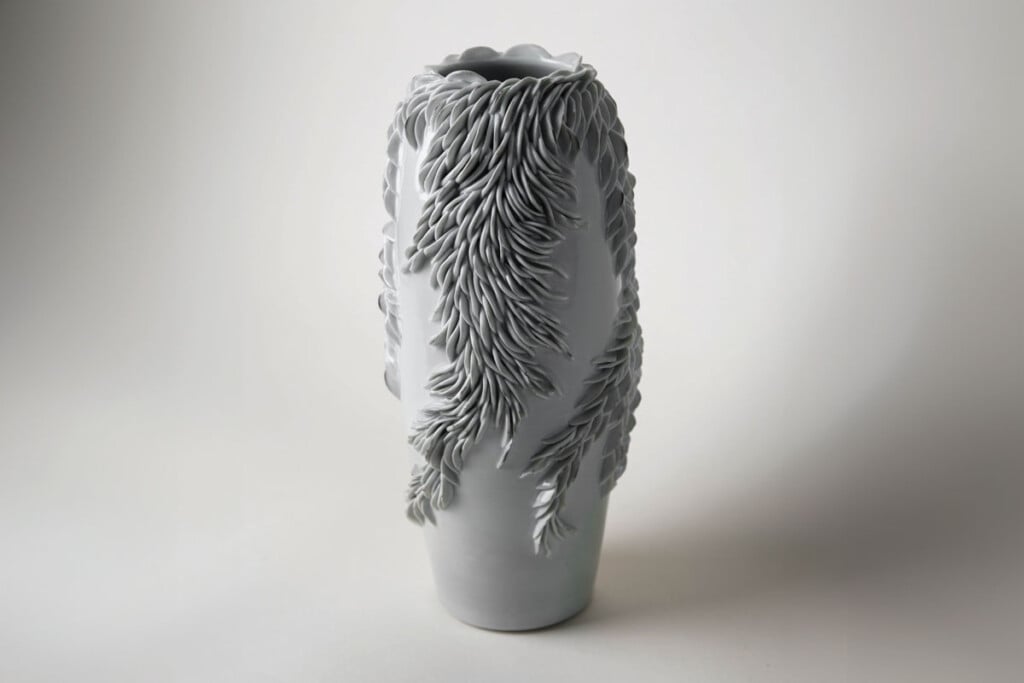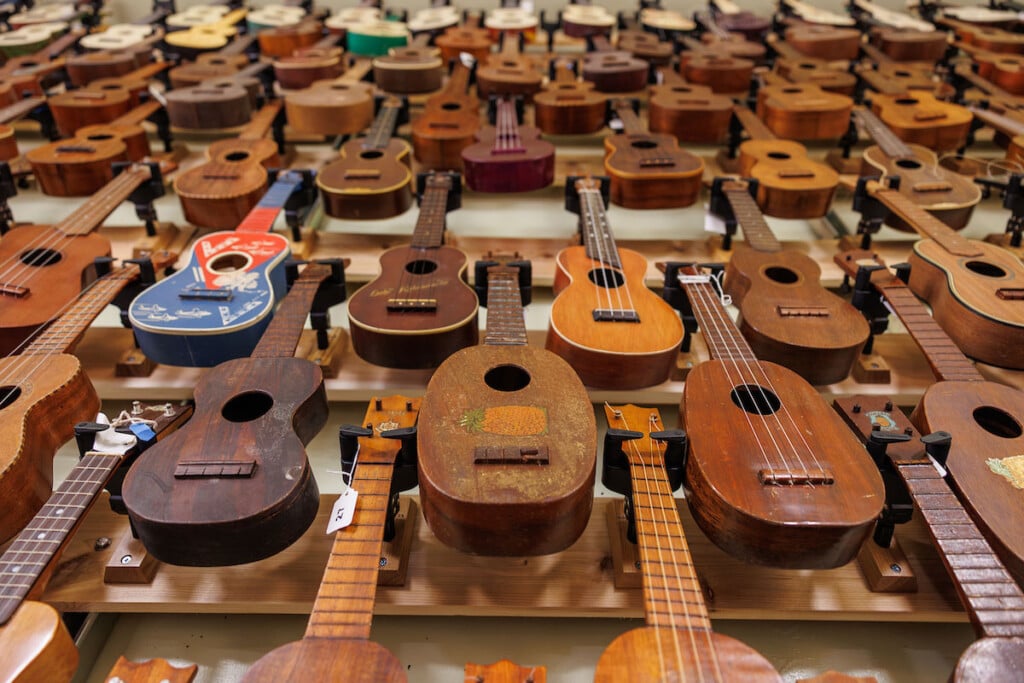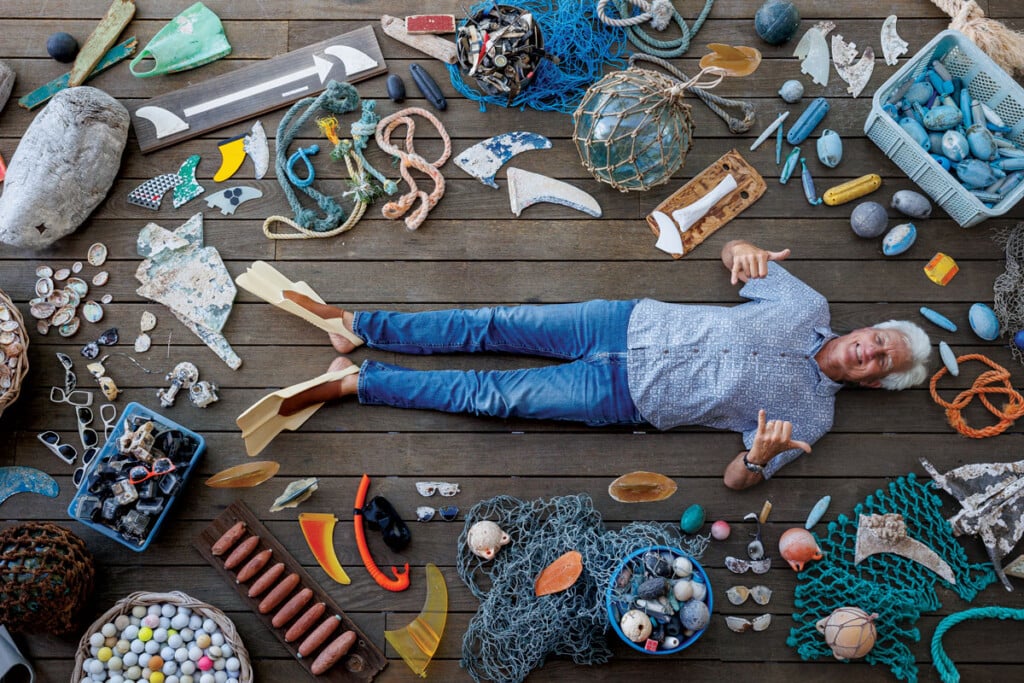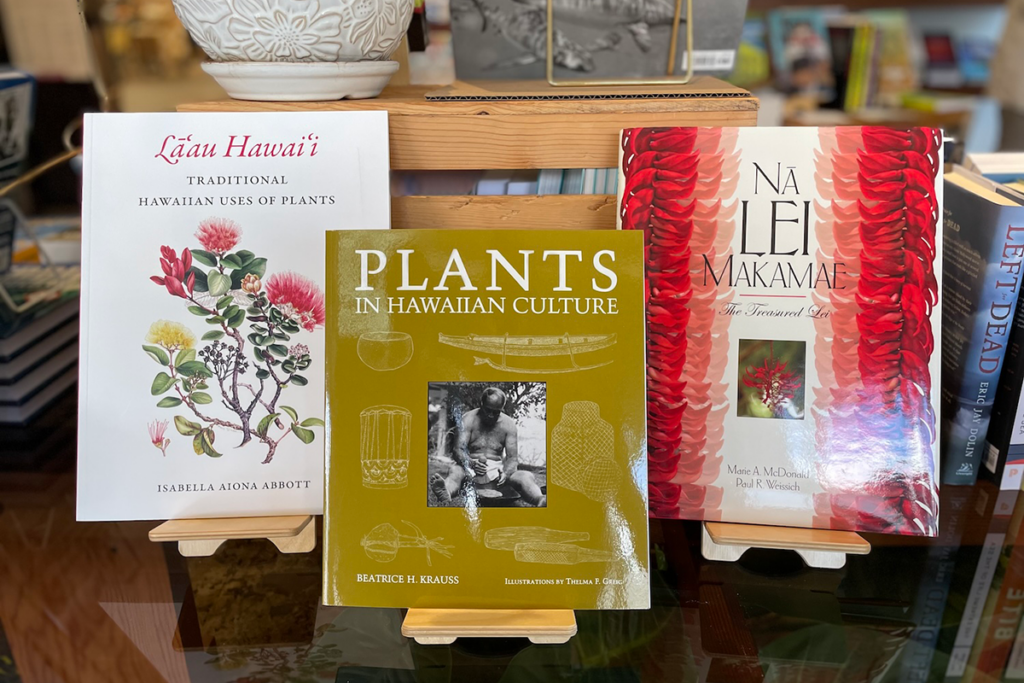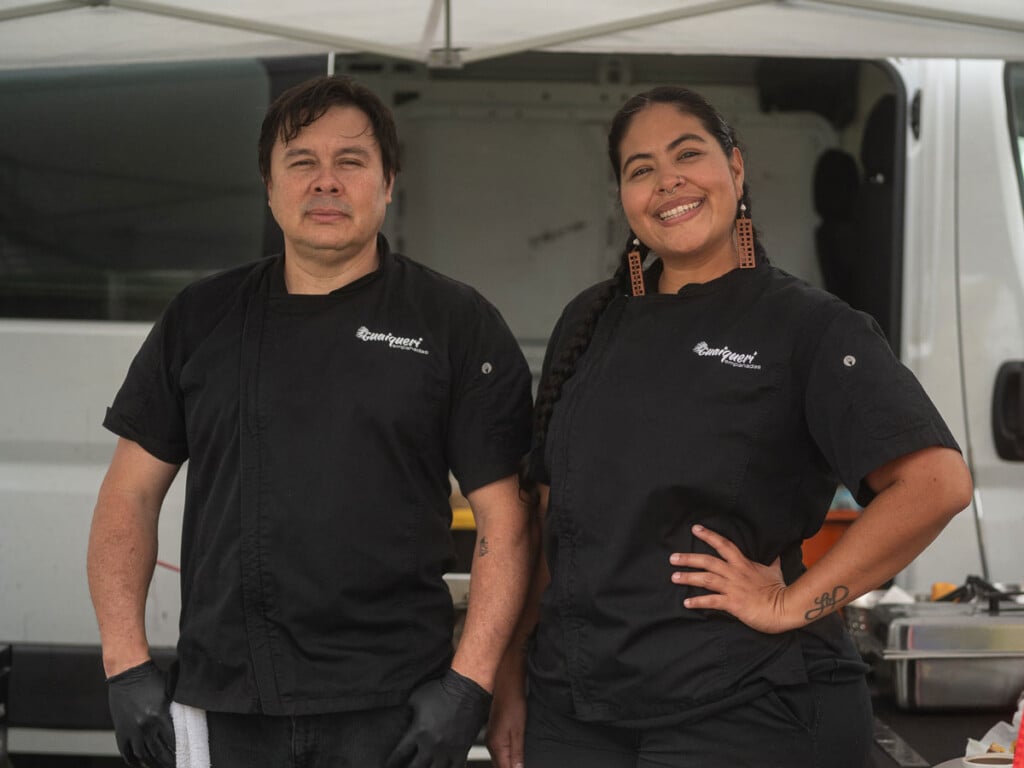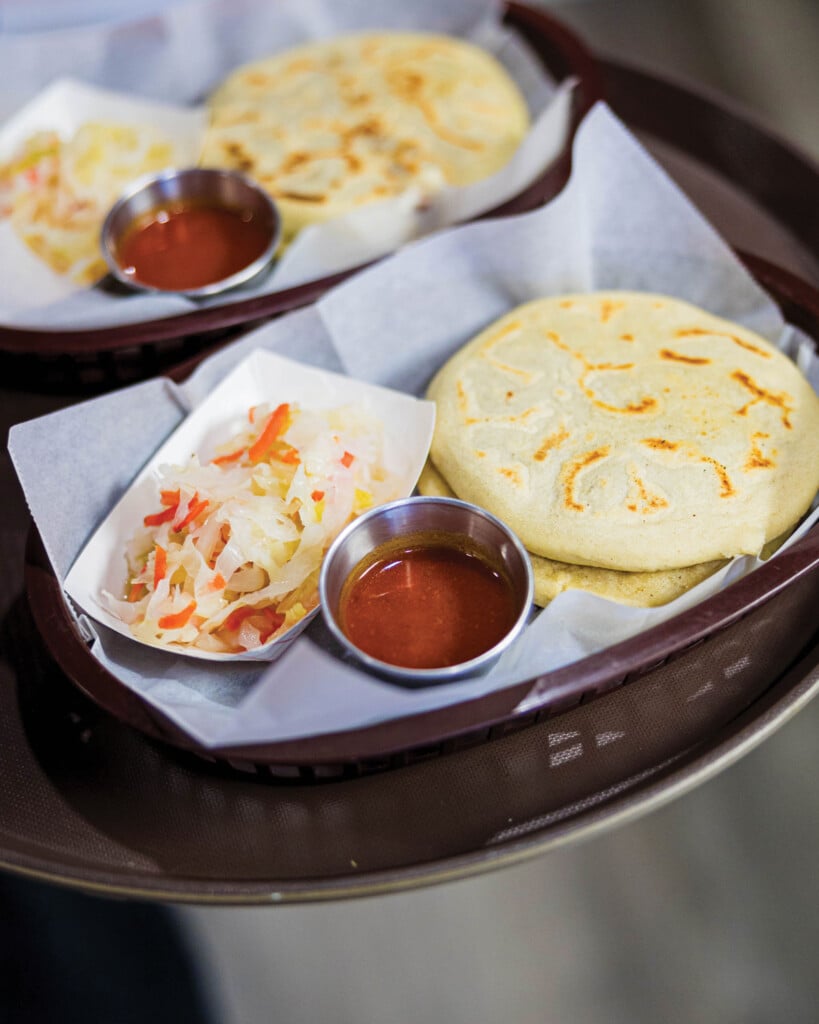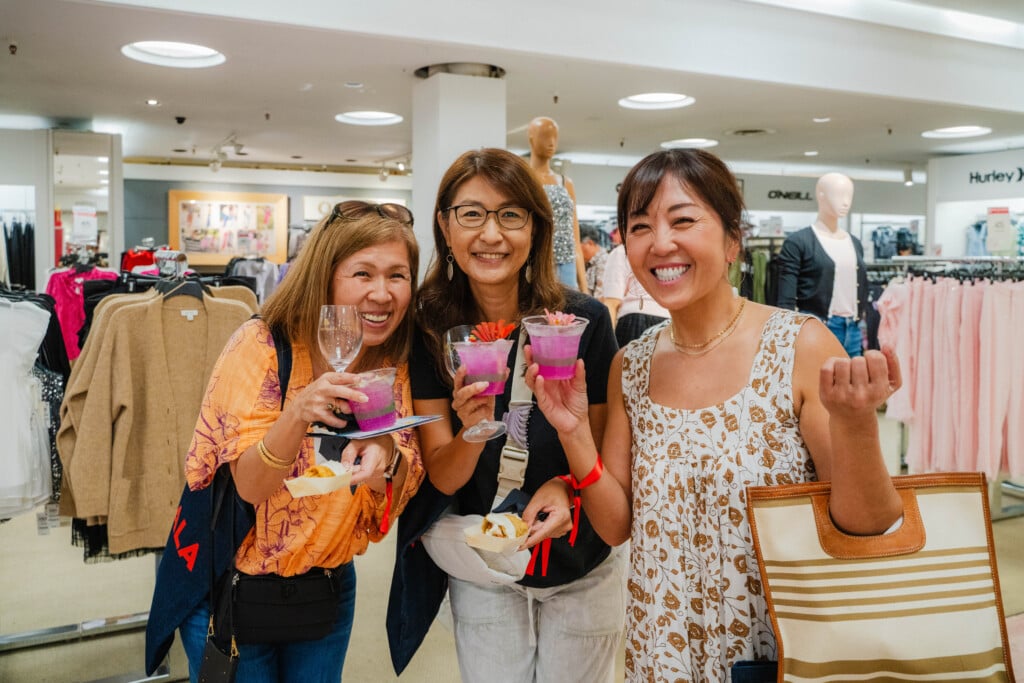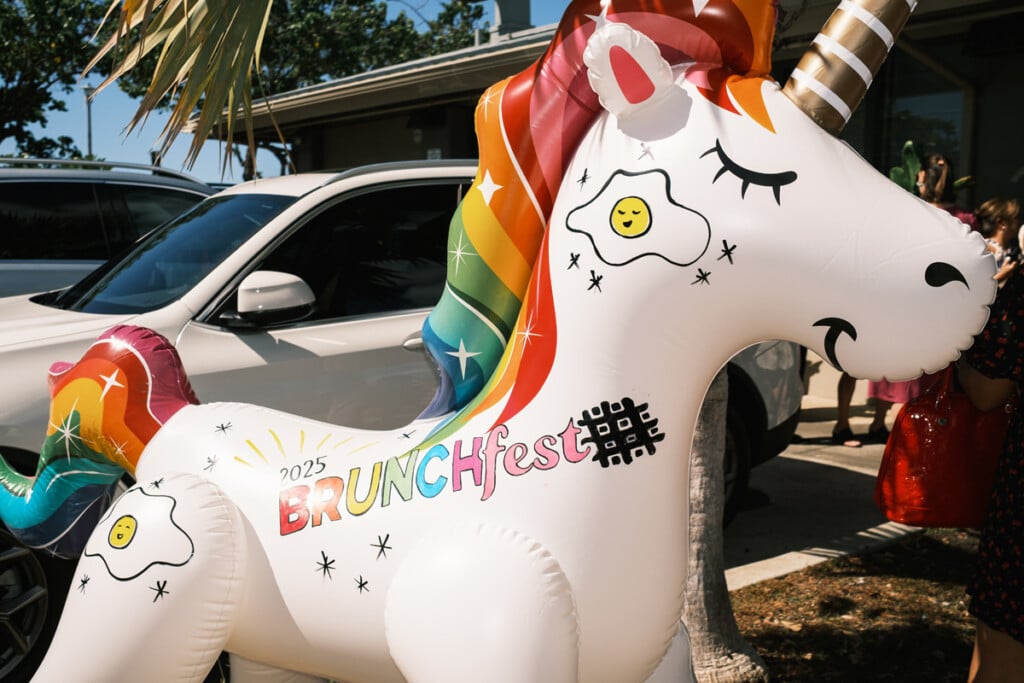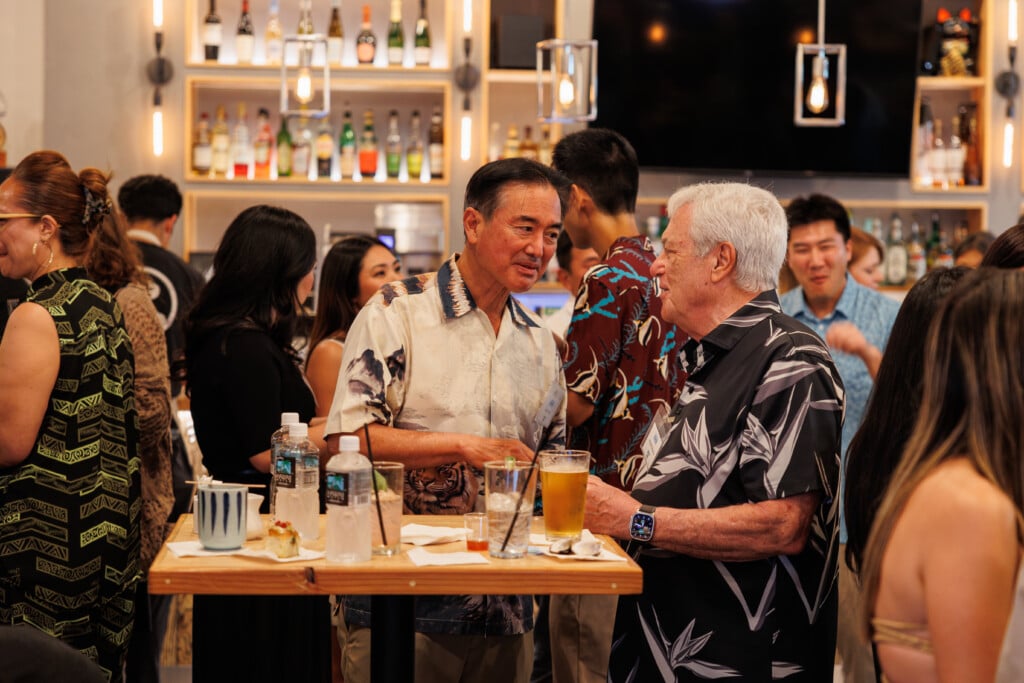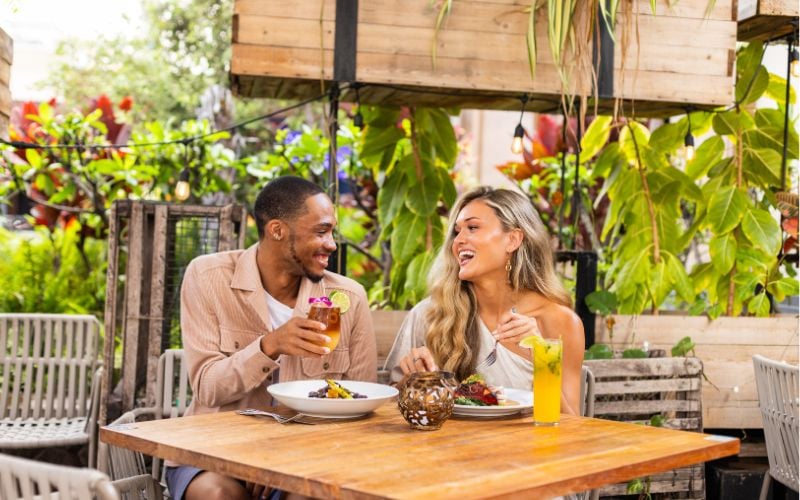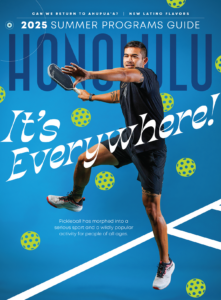Q&A: 7 Questions with Mark Kadota
Learn more about the Hawai‘i artist and his latest performance for the Hawai‘i State Art Museum.
Active for many years in the Hawai‘i contemporary art scene, Mark Kadota has an impressive list of accomplishments that include exhibiting at the Venice Biennale and the 2008 Beijing Olympics, as well as in museums and galleries locally, nationally and all over the world. He uses a diverse range of media in fields such as painting, costume making, film and music, poetry, photography and much more. On the West Side, you can see Kadota’s paintings at the Four Seasons in Ko Olina and a porcelain ceramic mural he created at the Wai‘anae Police Station. We had a few questions for him about his methods, motivation and most recent project, “N Viral Mental,” created in response to 2020—the year we are all still trying to process.

Still from “N Viron Mental,” Mark Kadota
HONOLULU Magazine: What are some central themes that your artwork focuses on?
Mark Kadota: My main theme to create artwork is to find universal languages, searching for common truths that unite rather than separate. I feel that artwork can be a vehicle to raise questions, present communication and trigger reflection of one’s self. I try to make my messages human, poetic, inclusive, humorous, accessible and comprehensible to everyone.
HM: As a Hawaiian artist who participates in exhibitions internationally, you are like a representative or ambassador for Hawai‘i. Are the audiences surprised to find out that you create conceptual art?
MK: I have never thought of myself as a representative or ambassador for Hawai‘i. I would be honored to hold such a title. I think because I have traveled and lived in many places, I identify with a broader definition. With that said, I see that much of my work is influenced by years of dancing hula and the beliefs of the Hawaiian culture.
My hope is that expressing myself with various concepts, we see that we all share the same needs and desires. Perhaps the audiences are surprised at the different media I use and the changing styles that I incorporate.
SEE ALSO: Hawai‘i State Art Museum Launches a New Video Series in Partnership with Uniqlo Hawai‘i
HM: What motivates you to create artwork?
MK: I believe there are many reasons that I create artwork. Mostly the motivation is to explore ideas and reasons. There is a sense of wonder in being fully present in the process of life. We all have experienced challenges in our lives that can divert the directions of our preconceived ideas. Attempting to understand and explain these experiences can motivate us to creatively express ourselves while we examine our resolutions. For me, it is investigating the interior and exterior landscapes that is the main motivation to create artwork. Art, at its best, mirrors society, makes us take pause, reflect and explore our feelings.
HM: You are a highly accomplished self-taught artist. What made you decide to not go the traditional art school route?
MK: I tried out college and found it did not resonate with me at the time. I also could not figure out how to financially support myself and go to art school. I decided to travel instead and use that as my education. I believe there are many different paths one can take. I imagine that is the beauty of all forms of expression. Everyone’s story is colored by their own interpretations and unique style of expression. I am always searching for original ways to express concepts.
HM: You spend half of the year living in the Netherlands and the other half in Hawai‘i. For how many years have you done this? What are the advantages of splitting your time between the two places?
MK: I have been living in Amsterdam and Hawai‘i for 26 years now. As an artist this has been a rich experience. Not only has this given me a broader perspective of possibilities, but also more exhibition opportunities. It also allows me to expand my artwork. Living in two contrasting worlds changes what one can explore and create. I can consider different media and concepts. Living in two very different cultures makes one examine the similarities and differences of each world. I also have access to rich resources in performances and museums in Europe as well as the beautiful Hawaiian culture and powerful force of Hawaiian nature. I am very grateful to have such a diverse lifestyle.
HM: Your latest performance, “N Viral Mental,” was created in response to everything that’s happened in the past year. What was the process that went into creating the concept, music, video and performance? How long did it take to complete?
MK: The “N Viral Mental” performance is an attempt to offer an observation and redefinition on how one views the challenges of last year. The text and concept originated from writings in my journal. This past year contained an overwhelming amount of information. Things were changing daily. I found it challenging to process everything. I believe I was not alone in this. I find the process of writing in a journal a good way of releasing my interior content instead of carrying it in my body. Reviewing parts of my journal allowed me to create this performance.
I often work on the music and the video before I know the concept of the performance. The text is the last part of the puzzle. The created music was done in Amsterdam the year before. The video was shot in 2018-19. It is a time-consuming process and took about two years to complete.
SEE ALSO: 7 Questions with Teig Grennan, Hawai‘i State Art Museum’s Senior Exhibit Specialist
HM: You have been making a living as an artist since 1970. Do you have any words of wisdom you can share with new emerging artists?
MK: My advice to new emerging artists is to learn the language and speak in your own unique voice. Constantly explore and see ways to evolve. Try not to get lost in repetition of a successful style. Push the boundaries of unknowing, even if it fills you with doubt and insecurity. Know yourself and see how far you can expand. Know what are ego, mind and heart motives and avoid traps of limitations.
Watch Kadota’s performance, “N Viral Mental,” along with other videos from local artists on HiSAM’s YouTube channel.
 |
Lisa Shiroma is a correspondent for HiSAM and is an artist and art educator. Lisa is the former owner of the HiSAM Museum Gallery Shop, which she ran with partners Aly Ishikuni-Sasaki and Travis Sasaki from Mori by Art + Flea from 2017 to June 2020.

